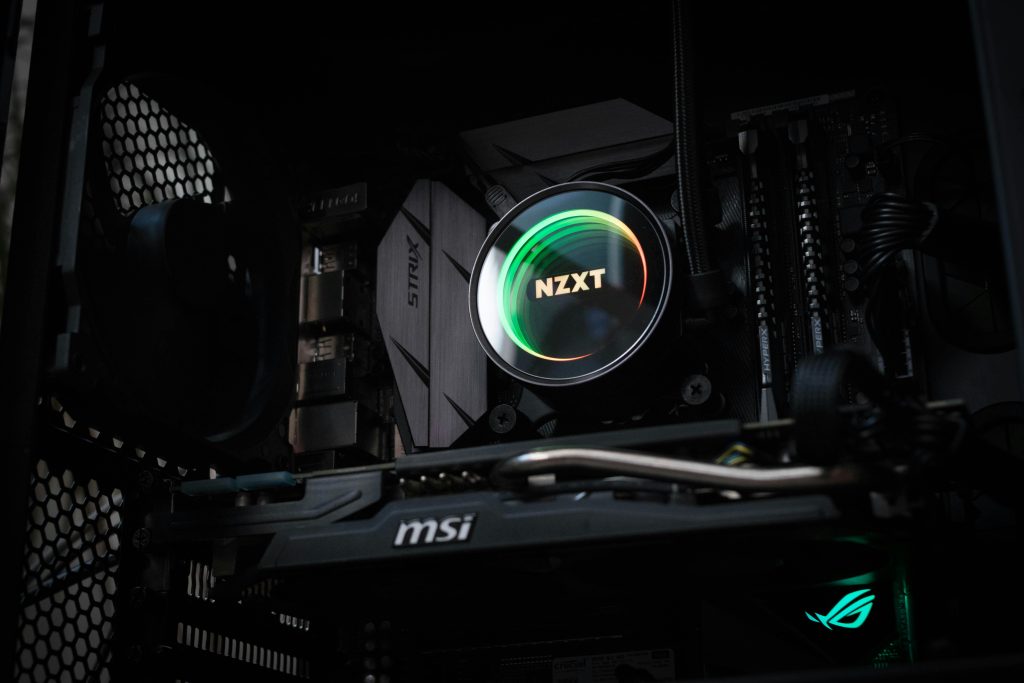Understanding and Troubleshooting Monitor Flickering Post-Windows Reinstallation: A Guide for Laptop Users
Experiencing display issues after performing a system reset can be concerning, especially when they persist despite updating drivers. If you’ve recently reset your Windows installation and are now facing intermittent monitor flickering or sudden system slowdowns, this article aims to help you diagnose and resolve these problems effectively.
Overview of the Issue
After reinstalling Windows from a reset of the C drive, some users may notice infrequent flickering of their monitors or a decrease in system responsiveness. Commonly, these symptoms include:
- Occasional flickering of the display
- Random system slowdowns and unresponsive cursor movement
- No significant changes noted in Task Manager’s CPU or memory usage during these events
Hardware Profile
The typical hardware configuration involved includes:
- Graphics Card: NVIDIA GeForce GTX 1660 Ti with Max-Q design (6GB VRAM)
- RAM: 24GB
- Processor: Intel Core i7-10750H (Base clock 2.60 GHz)
- Storage: 256GB SSD (C: drive for Windows),
- Additional Storage: 1TB HDD (D: drive)
Potential Causes and Recommended Diagnostics
- GPU Driver Compatibility and Updates
Even if you’ve updated your drivers post-reset, ensure you are using the latest stable version specifically compatible with your GPU model. Visit the official NVIDIA website to download the most recent drivers or utilize GeForce Experience for automated updates.
Tip: Perform a clean installation of the graphics driver to eliminate potential conflicts from previous driver remnants.
- Display Connection and Cable Integrity
Flickering can sometimes be hardware-related. Check the physical connections between your monitor and laptop. Replace or test with different cables if possible to rule out connection issues.
- Display Refresh Rate and Settings
Verify that the display’s refresh rate is correctly configured:
- Right-click on the desktop -> Display Settings -> Advanced Display Settings -> Display Adapter Properties.
- Under the Monitor tab, confirm the refresh rate matches your monitor’s specifications.
Incorrect settings can sometimes cause flickering.
- Monitor Hardware Checks
Test your monitor with another device or connect a different monitor to your laptop. This can help determine if the issue is hardware-related to the display itself.
- Background Processes and System Performance
Although Task Manager shows no high CPU or memory usage, system responsiveness issues may stem from other factors such as background processes or driver conflicts. Use Resource Monitor or
Share this content:



